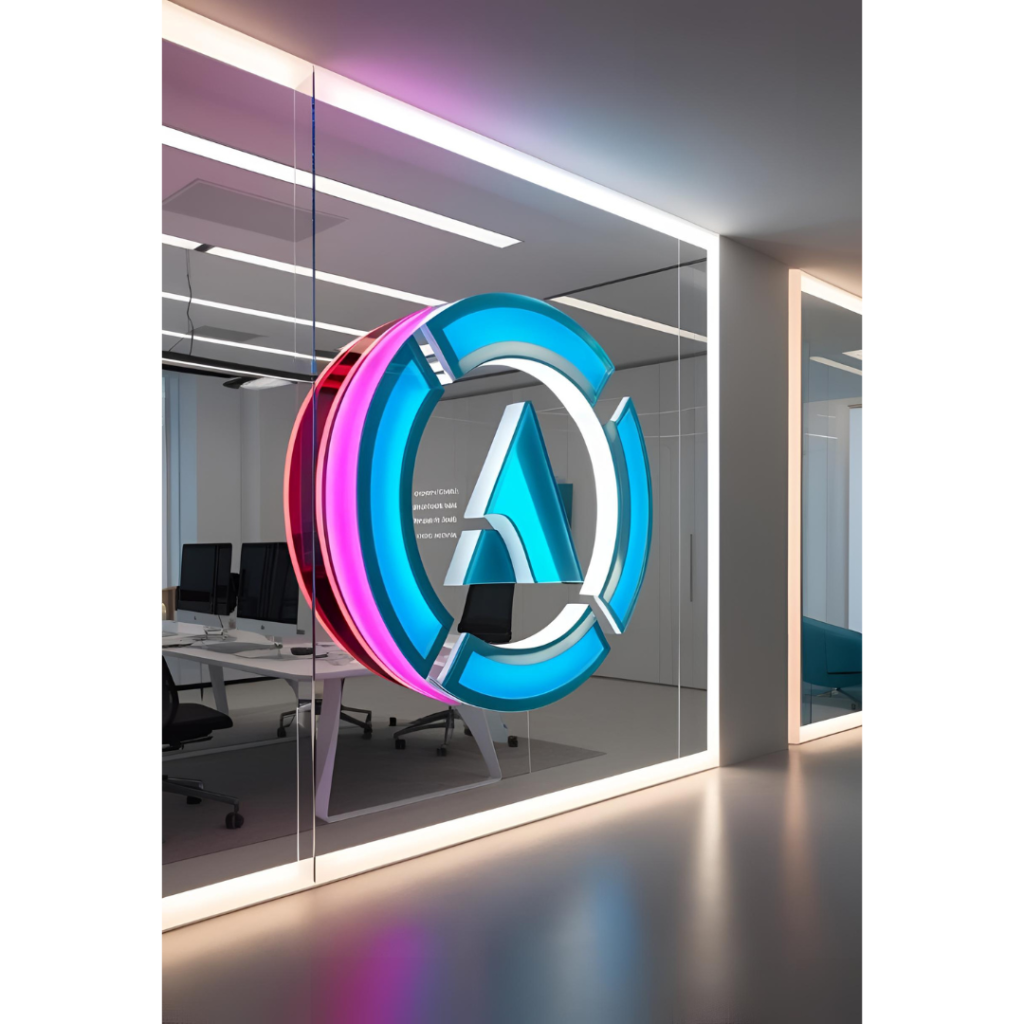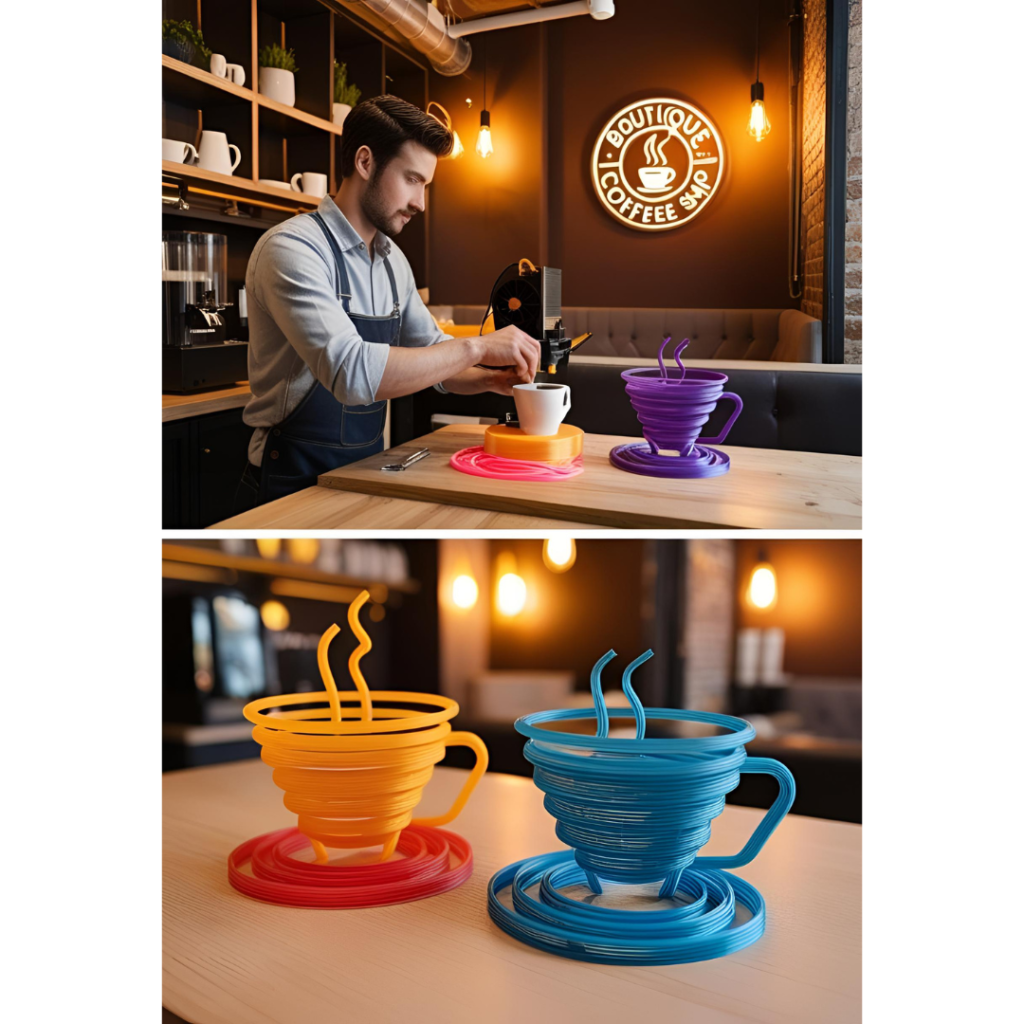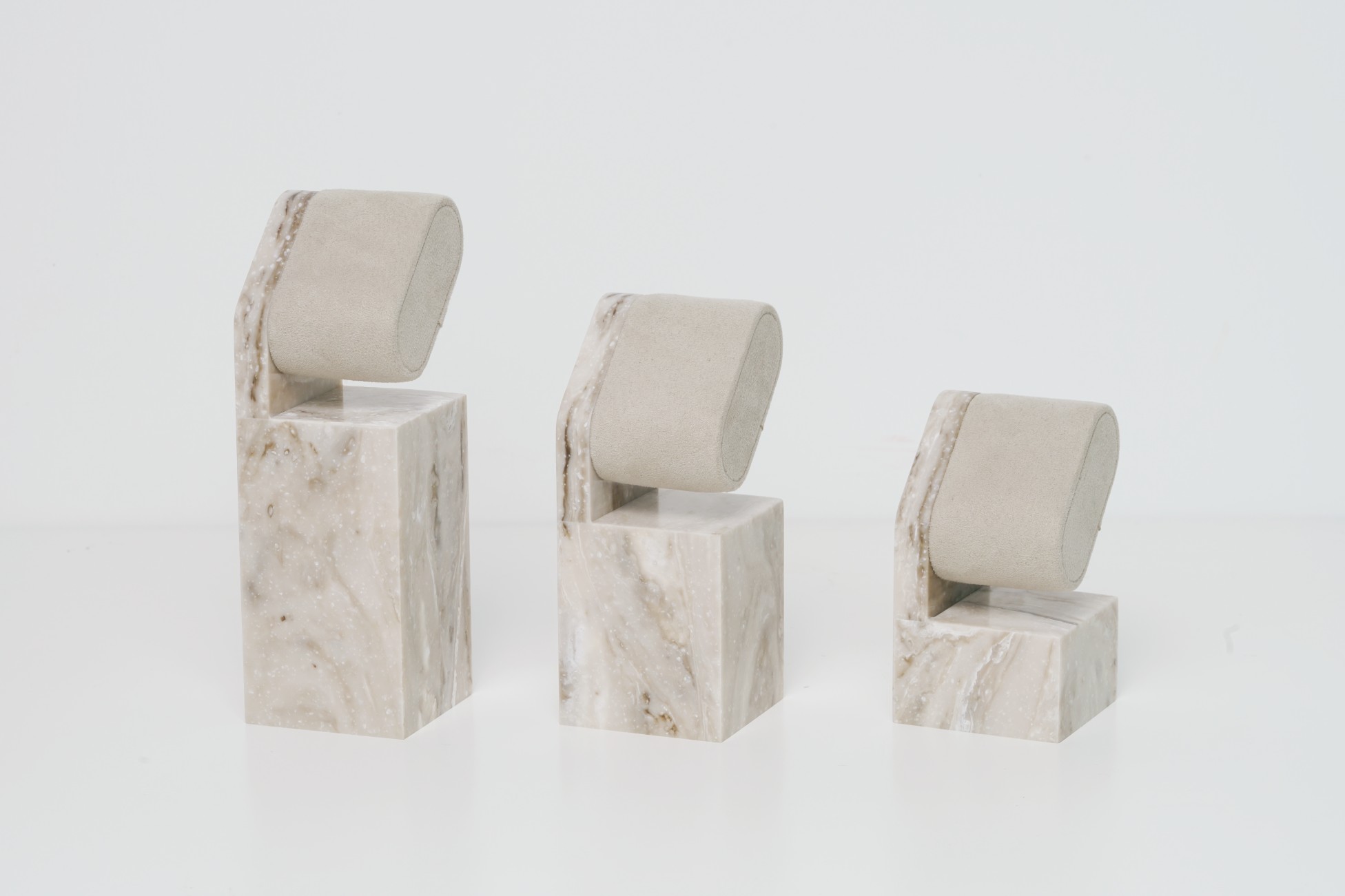By Yan Luo | Samtop Display
3D printed retail signage is transforming how brands showcase logos, storefront signs, and in-store displays. With custom finishes, premium textures, and sustainable materials, 3D printing creates signage that elevates brand identity and customer experience.
At Samtop, we specialize in crafting custom retail signage using 3D printing, ensuring that your displays stand out with innovative designs and high-quality finishes.

Why 3D Printed Retail Signage Matters for Brands
Retail signage sets the tone for your brand, guiding customers and promoting brand recognition. From storefront signs to in-store displays, signage creates the first impression and plays a significant role in shaping customer perceptions.
While traditional methods of creating retail signage are still common, 3D printing offers endless possibilities for creating custom, intricate designs. It enables brands to showcase unique signage that stands out and fosters deeper connections with their target audience.
Step-by-Step Process of 3D Printed Retail Signage
1. Conceptualizing Your 3D Printed Retail Signage
The first step in creating effective 3D signage is developing a concept that aligns with your brand’s identity. This involves deciding on the style, texture, size, and placement of the signage within your store.
Key Considerations:
- Brand Identity: Reflect your brand’s personality, whether luxurious, modern, or playful.
- Space & Location: Choose where the signage will be placed to maximize visibility.
- Target Audience: Ensure the design appeals to your target demographic.
Example:
A luxury fashion brand creates an elegant gold-tone logo using 3D printing, with smooth matte finishes that match the premium feel of the store.
2. Best Materials for 3D Printed Retail Signage
Once the concept is solidified, the next step is choosing the right material for the signage. 3D printing offers an extensive range of materials that can be tailored to specific needs, from eco-friendly options to premium finishes.
Material Options:
- PLA (Polylactic Acid): Eco-friendly, smooth, and biodegradable.
- ABS (Acrylonitrile Butadiene Styrene): Durable and weather-resistant, ideal for outdoor signage.
- Resins: High-detail finishes for intricate designs, perfect for premium aesthetics.
- Metal Alloys (e.g., Aluminum, Brass): For luxury or industrial signage, offering a sleek, high-end look.
- Composite Materials: Lightweight yet strong, with unique combinations like wood fibers or carbon fiber.
Example:
A tech store opts for 3D printed acrylic signage with integrated LED lighting for a modern, sleek look that perfectly aligns with the store's tech-driven vibe.

3. 3D Printing the Design
After finalizing the design and selecting the material, the next phase is turning the concept into a 3D model using CAD (Computer-Aided Design) software. This model is then sent to a 3D printer, where it is produced layer by layer with precision.
Benefits:
- Rapid Prototyping: Test various design elements without costly mold production.
- Design Complexity: Create complex shapes and features that are challenging with traditional methods.
- Cost-Effectiveness: Ideal for low-volume, custom signage needs, as 3D printing offers an affordable solution.
Example:
A boutique coffee shop uses 3D printing to create a custom 3D sign shaped like a coffee cup, with intricate engraved patterns to enhance customer interaction and create a memorable visual experience.

4. Post-Processing and Finishing
After the printing process, post-processing is essential to achieve the final look. This may involve sanding, painting, coating, and texturing, all aimed at enhancing the aesthetic appeal and durability of the display.


